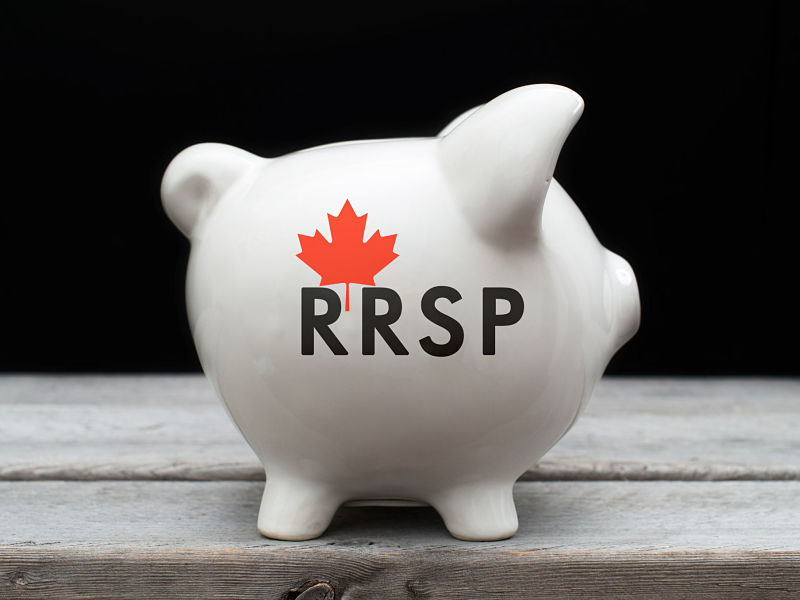RRSP Basics

What is it?
A Registered Retirement Savings Plan (RRSP) is a savings plan, registered with the Canadian federal government that you can contribute to for retirement purposes. When you contribute money to a RRSP, your funds are "tax-advantaged", meaning that they're exempt from being taxed in the year you make the contribution.
Setting an RRSP up
You set up a registered retirement savings plan through a financial institution such as a bank, credit union, trust or insurance company. Your financial institution will advise you on the types of RRSP and the investments they can contain.
You may want to set up a spousal or common-law partner RRSP. This type of plan can help ensure that retirement income is more evenly split between both of you. The benefit is greatest if a higher-income spouse or common-law partner contributes to an RRSP for a lower-income spouse or common-law partner. The contributor receives the short term benefit of the tax deduction for the contributions and the annuitant, who is likely to be in a lower tax bracket during retirement, receives the income and reports it on their income tax and benefits return
You may want to set up a self-directed RRSP if you prefer to build and manage your own investment portfolio by buying and selling a variety of different types of investments. For more information on eligible investments, see Self-directed RRSPs. If you are considering this type of RRSP, be sure to consult with your financial institution.
You make your RRSP contributions directly to the RRSP issuer. For more information, see Contributing to an RRSP, PRPP, or SPP.
